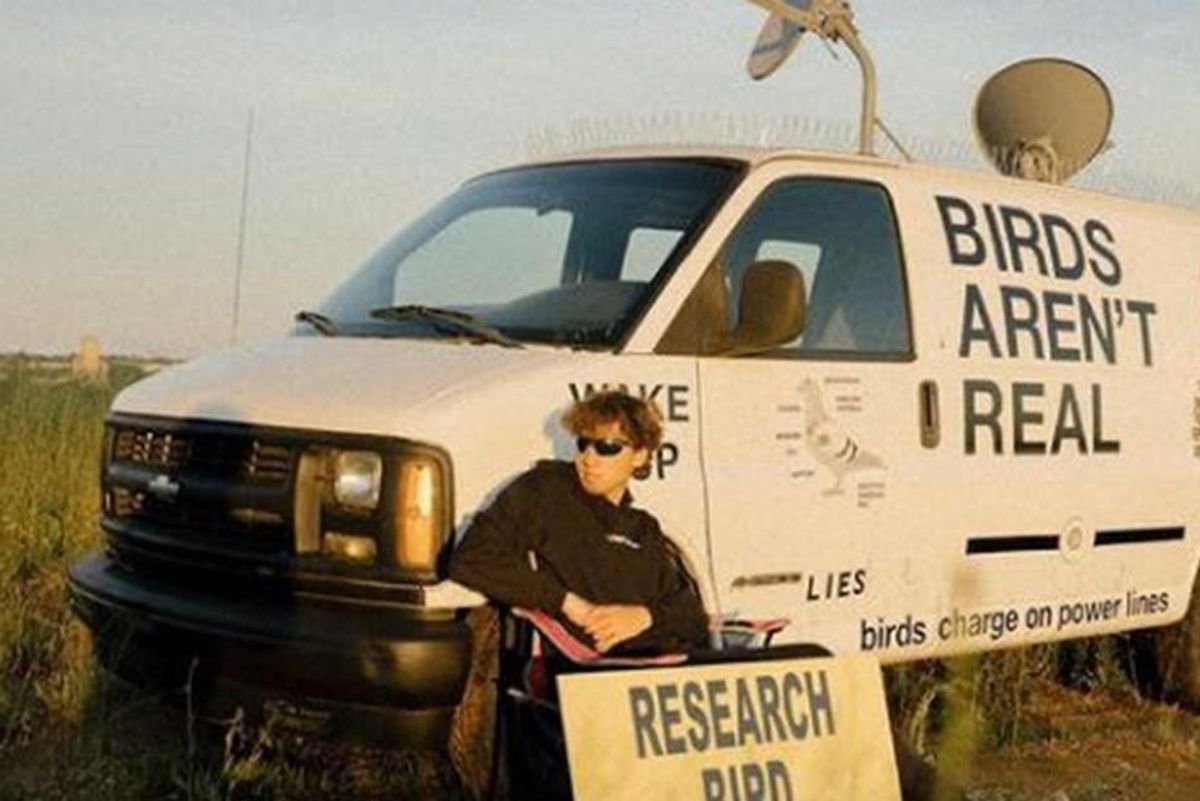



















This isn’t a Superhero. But he just looks so damn good I’m including it.


The Krampus is a horned, anthropomorphic figure in Central and Eastern Alpine folklore who, during the Christmas season, scares children who have misbehaved. Assisting Saint Nicholas, the pair visit children on the night of the 5th December, with Saint Nicholas rewarding the well-behaved children with modest gifts such as oranges, dried fruit, walnuts and chocolate, whilst the badly behaved ones only receive punishment from Krampus with birch rods.
The origin of the figure is unclear; some folklorists and anthropologists have postulated it as having pre-Christian origins. In traditional parades and in such events as the Krampuslauf (English: Krampus run), young men participate dressed as Krampus and attempt to scare the audience with their antics. Such events occur annually in most Alpine towns. Krampus is featured on holiday greeting cards called Krampuskarten.
Since 1984, the character has become better known globally, having been portrayed in Hollywood horror films. Almost unknown before this time, Krampus has begun to become part of American popular culture.
The Saint Nicholas festival we are describing incorporates cultural elements widely distributed in Europe, in some cases going back to pre-Christian times. Nicholas himself became popular in Germany around the eleventh century. The feast dedicated to this patron of children is only one winter occasion in which children are the objects of special attention, others being Martinmas, the Feast of the Holy Innocents, and New Year’s Day. Masked devils acting boisterously and making nuisances of themselves are known in Germany since at least the sixteenth century while animal masked devils combining dreadful-comic (schauriglustig) antics appeared in Medieval church plays. A large literature, much of it by European folklorists, bears on these subjects. … Austrians in the community we studied are quite aware of “heathen” elements being blended with Christian elements in the Saint Nicholas customs and in other traditional winter ceremonies. They believe Krampus derives from a pagan supernatural who was assimilated to the Christian devil.
The Krampus figures persisted, and by the 17th century Krampus had been incorporated into Christian winter celebrations by pairing Krampus with St. Nicholas.

Although Krampus appears in many variations, most share some common physical characteristics. He is hairy, usually brown or black, and has the cloven hooves and horns of a goat. His long, pointed tongue lolls out, and he has fangs.
Krampus carries chains, thought to symbolize the binding of the Devil by the Christian Church. He thrashes the chains for dramatic effect. The chains are sometimes accompanied with bells of various sizes. Of more pagan origins are the Ruten, bundles of birch branches that Krampus carries and with which he occasionally swats children. The Ruten may have had significance in pre-Christian pagan initiation rites. The birch branches are replaced with a whip in some representations. Sometimes Krampus appears with a sack or a basket strapped to his back; this is to cart off evil children for drowning, eating, or transport to Hell. Some of the older versions make mention of naughty children being put in the bag and taken away.

The character of Krampus has been imported and modified for various North American media, including print (e.g. Krampus: The Devil of Christmas, a collection of vintage postcards by Monte Beauchamp in 2004; Krampus: The Yule Lord, a 2012 novel by Gerald Brom, television – both live action (“A Krampus Carol”, a 2012 episode of The League) and animation (“A Very Venture Christmas”, a 2004 episode of The Venture Bros., “Minstrel Krampus”, a 2013 episode of American Dad!)–video games (CarnEvil, a 1998 arcade game, The Binding of Isaac: Rebirth, a 2014 video game), and film (Krampus, a 2015 Christmas comedy horror movie from Universal Pictures).
Robbie Knievel is the son of the late, great American Daredevil Evel Knievel. He continued on the family tradition of jumping motorcycles over wide swaths of buses and other obstacles.
The Grand Canyon jump on May 20, 1999 was one of Knievel’s most famous jumps. The jump was partially based on Robbie’s father’s desire to perform a Grand Canyon jump, yet would end up doing the rocket-propelled Snake River Canyon jump. On May 20, 1999, Robbie jumped his motorcycle for a personal record of 228 feet. However, Knievel lost control of the bike on landing and broke his leg in the ensuing crash.
The Grand Canyon is on average five miles wide from rim to rim, so Jumping that far was pushing it beyond the limit. So they found a spur in the canyon that was very narrow. So Robbie didn’t really jump the Grand Canyon, he jumped a small spur on the periphery of the canyon. But it was bloody good nevertheless.




To pay homage to his father, Knievel jumped the Caesars Palace fountains in 1989. The jump took place 22 years after Evel Knievel failed to clear the fountains in 1967. Knievel landed safely and became the first to successfully jump the fountains. Following the jump, Knievel stated, “that was for you, Dad”.
In my humble opinion the The Exorcist is the most frightening horror movie ever made. Nothing ever created before or since contains the chilling notions and graphic images put forward in that film. The Hellraiser movies get honourable mention.
The Exorcist will scare the meanest, nastiest and badest hombres out there.

William Friedkin’s 1973 masterpiece, The Exorcist, was a landmark in horror cinema, a cultural phenomenon, and (if adjusting for inflation) the ninth highest-grossing film of all time.
The film makes minimal use of music—a stylistic choice which gives the film an air of stark realism despite the supernatural events depicted onscreen. Of the minimal music used in the film, most famous is Mike Oldfield’s “Tubular Bells,” which went on to become a smash so huge that it essentially birthed the Virgin empire.
Before Friedkin settled on Oldfield’s prog masterpiece, he had originally commissioned a score from Lalo Schifrin, who had famously done soundtrack work for Cool Hand Luke, Dirty Harry, and the instantly recognizable Mission Impossible TV show theme.
Schifrin’s atonal Exorcist score was very much in the vein of Krzysztof Penderecki (whose “Cello Concerto No. 1” of Polymorphia was used in the film’s final edit) with the addition of Bernard Herrmann-esque “fright stabs.”
This score was used in an advanced trailer which some have called the “banned trailer.” As the stories go, this trailer literally made audiences sick when it was shown. It’s unclear if the sounds and images were simply upsetting or if the flashing images actually caused seizures in some viewers.
Below the banned trailer and a short film showing audience reaction to the movie.
After doing some bad methamphetamine, Kim Jong Un and his brown nosing generals decide to hit the U.S. with their new long-range missile the KN-08. The intended target was either Los Angeles or San Francisco according to RAND Corporation analysts.

The missile guidance system fails, as predicted by Stephen Colbert, and lands a thousand miles to the north. The missile and its nuclear warhead land in southern Alberta, Canada. Barley missing blowing up a herd of 10,000 black Angus cattle.

It is time Canada gets on board with the U.S. anti-ballistic missile defense system.
‘Birds Aren’t Real’: Whether comedy or conspiracy, the movement explains the post-truth era


via Birds Aren’t Real / Instagram
A lot of talking heads have remarked that we live in a post-truth era. In 2016, the Oxford Dictionary defined it as “Relating to or denoting circumstances in which objective facts are less influential in shaping public opinion than appeals to emotion and personal belief.”
Media bias, political microtargeting, social media, fake news websites, Donald Trump, and man’s innate desire to prefer being right over correct, have all unwillingly conspired to create a society where people cling to tribal beliefs, regardless of their validity.
This has resulted in a social milieu where conspiracy theories have become mainstream. Sure, they’ve always been around, but they seem to have recently graduated from the basement to the mainstream.
Open up Facebook and you’re sure to find a post from someone about QAnon, flat-Earth theory, pizzagate, faked moon landings, false-flag shootings, 9/11 truth, Bill Gates’ microchips, and Birds Aren’t Real.
Yep, Birds Aren’t Real is a thing. A pretty big one, too. Birds Aren’t Real has over 300,000 followers on Instagram and 66,000 on Twitter. Plus, there are local Birds Aren’t Real chapters sprouting up all over the U.S.
The theory postulates that in the ’50s, the CIA began killing off America’s bird population and replacing them with flying surveillance robots. Birds Aren’t Real estimates there are currently 12 billion birds watching us from above.
The group recently held a rally in the non-specific town of Springfield.
However, it’s pretty clear that Birds Aren’t Real isn’t an actual conspiracy theory. Rather, a piece of comedic performance art revealing how ridiculous ideas take hold in the post-truth era.
Its de facto leader Peter McIndoe won’t tell you that it’s a fake conspiracy, at least not overtly.
“That’s one of the saddest things, that people consider that this could be some sort of mass-improvisational performance, or some sort of showcasing, highlighting a new era we’ve entered into as a society where anything can be true,” he told Newsweek. “Even if [the movement being satirical] was the case, you really wouldn’t even be able to tell.”
He thinks that if it were a parody movement, it could help people cope with living in absurd times.
“I think if it were a parody movement, that might be a point it was trying to make, or maybe, allowing people to cope with those types of presences in our society in a way where you can come together and laugh about the absurdity of a post-truth era, because it’s a horrifying thing,” he said. “The thing is, we’re not that, though.”
While for many, the conspiracy theory is a way to shine a light on the ridiculous conspiracy theories corrupting society, McIndoe claims he isn’t stopping until all of the birds are culled from the sky.
“The end to this project would only exist in the case of societal acceptance and shutting down the 12 billion robot birds that currently swarm the skies of our nation,” McIndoe said, tongue planted firmly in cheek.
A wild video from Zambia shows the terrifying moment when an ornery hippo set about chasing after a group of tourists on a sightseeing boat. The jaw-dropping footage, which came to light this week, was reportedly captured earlier this year on the Zambezi River in the town of Livingstone. In the video, a group of what may be juvenile hippos can be seen a short distance away from the boat in what initially seems like a rather serene glimpse of the majestic creatures.
However, the scene takes a troubling turn when the camera quickly pans a few feet away where a massive hippo has emerged from the water in hot pursuit of the vessel. The aggressive animal seemingly surprised the people on board as it was initially shockingly close to the boat. Fortunately, the person driving the boat smartly slams on the gas and keeps the hippo a relatively safe distance away, although the monstrous creature continues it chase the group for several seconds before finally throwing in the towel.
A car was destroyed when an concrete slab from a Vladivostok tower block fell on to the windscreen.
A snowstorm has battered parts of the Russian Far-East, causing power cuts, transport chaos and school closures.